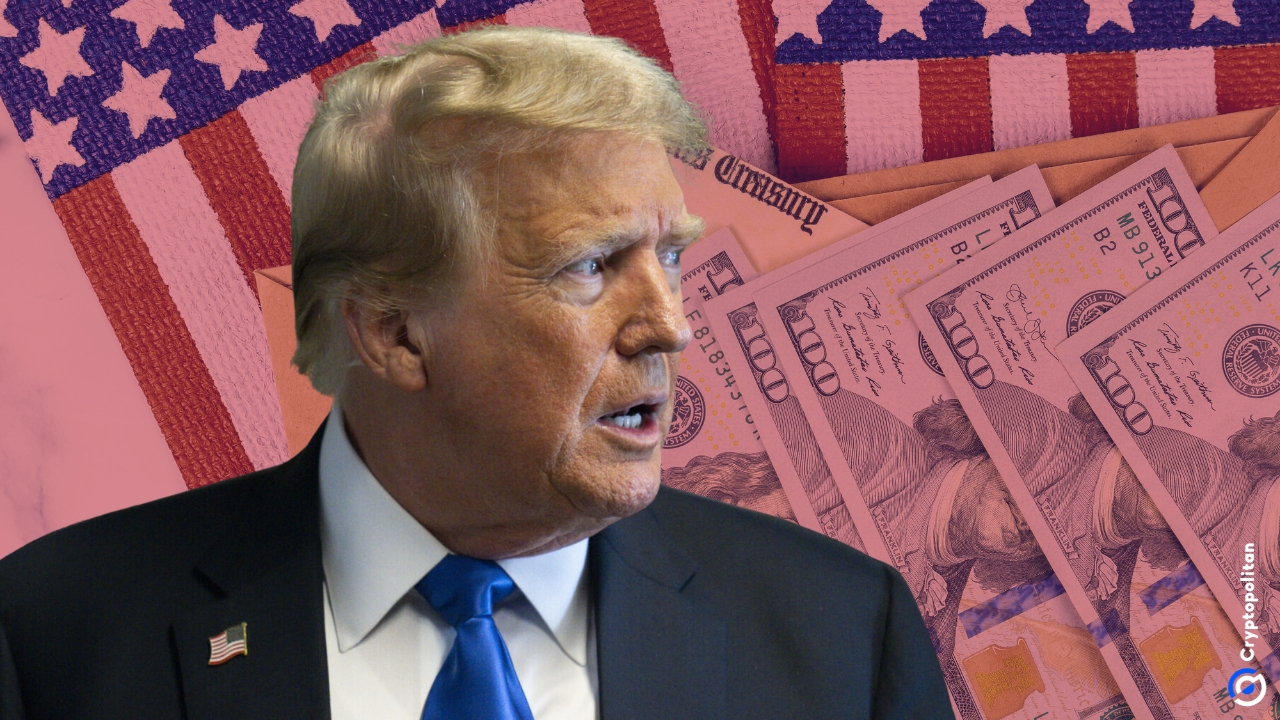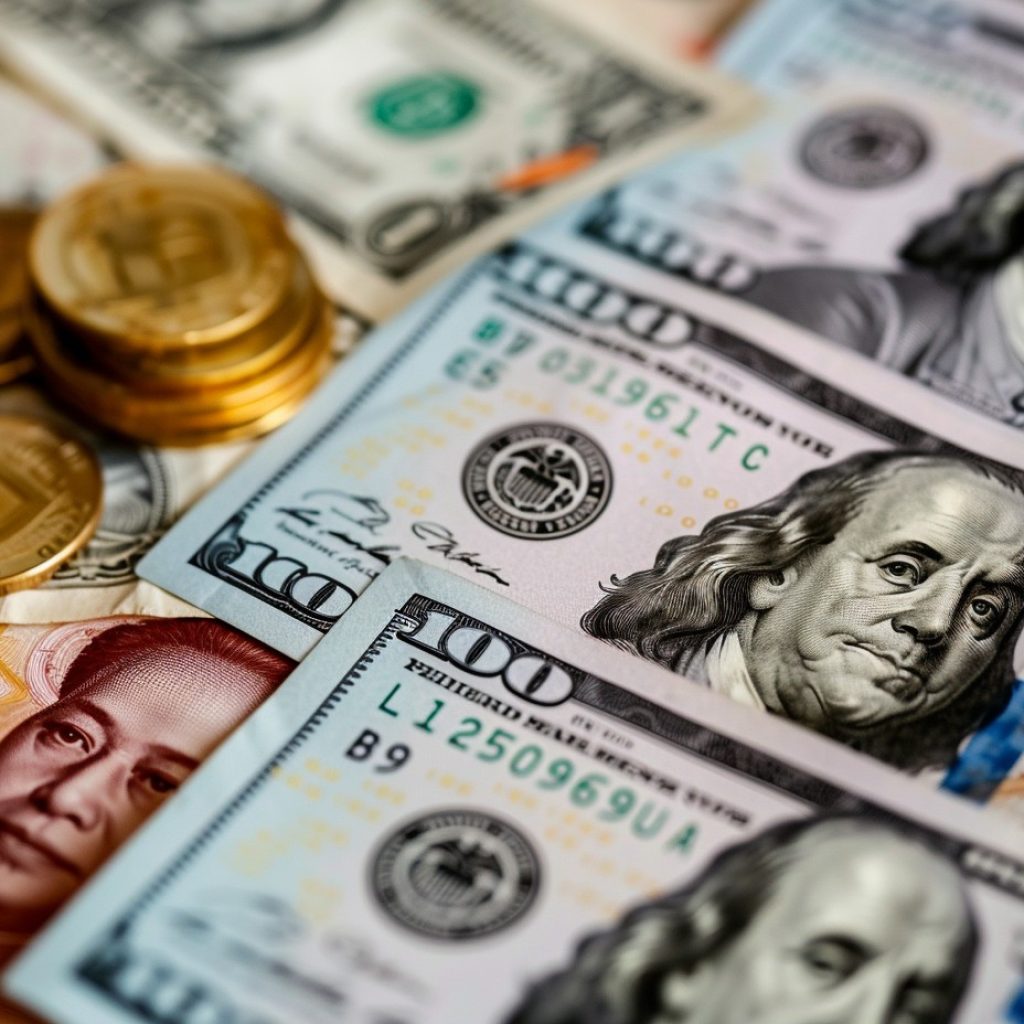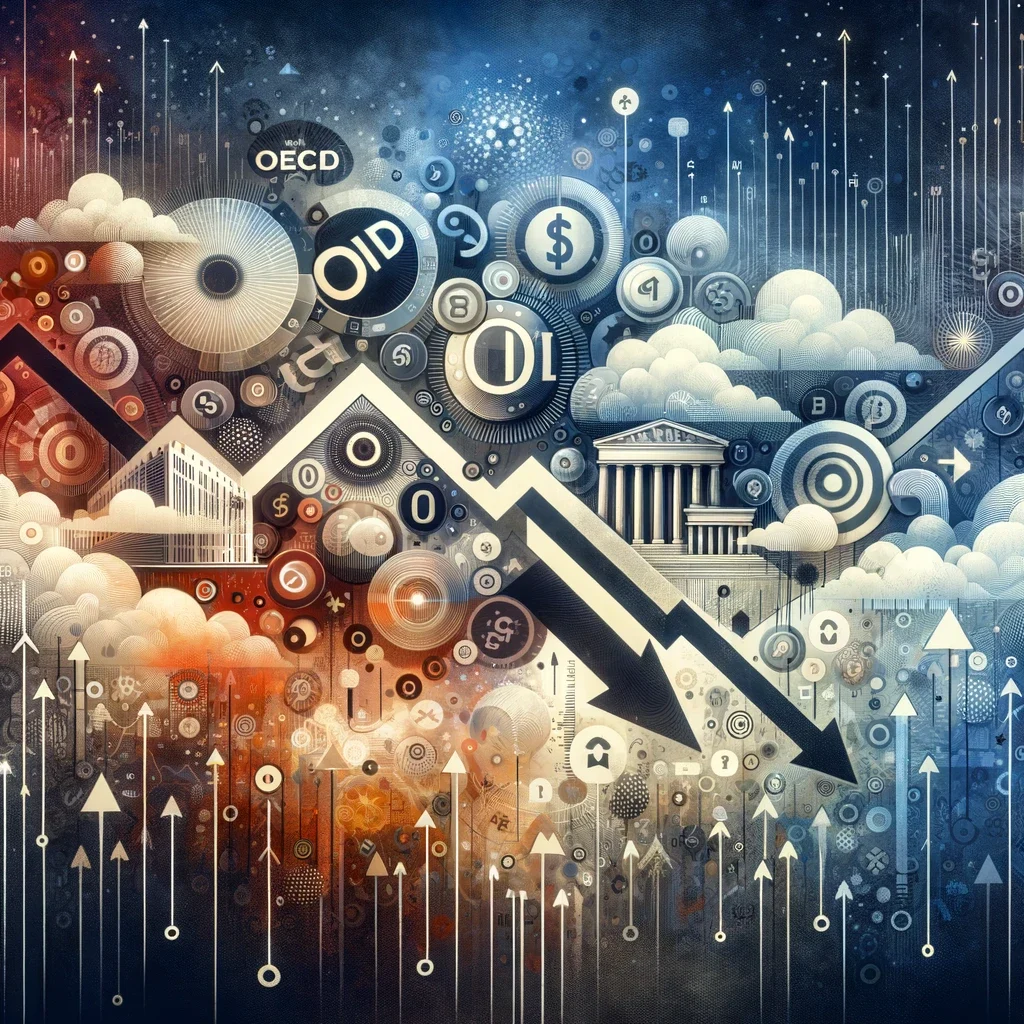Donald Trump’s relationship with the US dollar has always been complicated. During his first term, he openly pushed for a weaker buck, often clashing with the norms of presidential behavior. You know, typical Trump.
Back in 2019, after European Central Bank President Mario Draghi hinted at more monetary stimulus, Trump pounced, tweeting that:
“Mario Draghi just announced more stimulus could come, which immediately dropped the Euro against the Dollar, making it unfairly easier for them to compete against the USA. They have been getting away with this for years, along with China and others.”
That was a direct shot at traditional US dollar policy and a signal that Trump was willing to take matters into his own hands. Now, as the president prepares for a second term, the conversation around the dollar is heating up again. His pick for Treasury Secretary, Scott Bessent, is trying to sell a different narrative.
Scott claims that Trump’s new administration believes in free-market dynamics, saying, “If you have good economic policies, you’re naturally going to have a strong dollar.” But anyone who’s followed Trump knows that his actions often speak louder than his administration’s talking points.
A strong dollar and Trump’s trade tactics
The dollar isn’t waiting for Trump to decide. Since his re-election, the DXY dollar index, which tracks the dollar against major currencies, has climbed nearly 3%. This rise goes against Trump’s earlier preference for a weaker currency and puts pressure on key trading partners like the eurozone and China. Both are already grappling with economic challenges.
Europe’s position is especially precarious. The European Central Bank has been slashing rates to fight off recession risks. Deposit rates could drop as low as 1.5% from 3%, while inflation remains below the ECB’s 2% target.
In contrast, US inflation has ticked up to 2.7%, keeping the Federal Reserve cautious about cutting rates further. These dynamics make the dollar naturally stronger, creating a headache for European exporters and widening the trade gap with the US.
China is in no better shape. Its economy is struggling to find footing, with leaders calling for more fiscal and monetary stimulus. The renminbi, China’s currency, has been a key battleground in past US-China trade wars.
Deliberate efforts by Chinese authorities to weaken the renminbi by buying up dollars are nothing new, and many analysts expect more of the same in the coming months. If Trump revives his tariff-heavy policies, China could respond with currency manipulation, setting the stage for another round of economic brinkmanship.
This is where Trump’s unpredictable nature becomes a factor. During his first term, he didn’t hesitate to lash out at foreign stimulus measures, accusing them of undercutting American trade. If the dollar continues to rise, Trump could easily take a similar stance, especially if it helps him sell his trade policies as a win for American workers.
A new currency accord or another Twitter storm?
Trump has never been one to play by the rules. In 1985, the Plaza Accord saw major economies agree to weaken the dollar to balance global trade. Could he attempt a modern version of this, perhaps branded as a “Mar-a-Lago Accord”?
It’s not far-fetched to imagine him demanding currency concessions from US trading partners in exchange for tariff relief. But pulling off such a deal would require diplomatic finesse—something Trump’s impulsive approach often lacks.
The problem with currency negotiations is their complexity. Exchange rates aren’t just numbers; they reflect the economic health, trade dynamics, and monetary policies of entire nations. Coordinating these factors across multiple economies is like playing chess on multiple boards simultaneously.
Trump’s tendency to simplify issues into win-or-lose terms makes this an especially risky path. Some analysts are already bracing for what they call “currency wars.”
Despite these risks, markets seem to have priced in much of Trump’s potential impact. The dollar index has surged 6% since late October when investors started betting on his victory. This could limit the dollar’s upward momentum next year.
But if Trump begins actively pressuring foreign governments to weaken their currencies, all bets are off. Social media-driven diplomacy could return with a vengeance, making financial markets as unpredictable as ever.
Land a High-Paying Web3 Job in 90 Days: The Ultimate Roadmap





